When the Vatican Museums open again to the public, pilgrims will be able to witness a new incredible sight: the restored last paintings of Raphael, whose early death at 37 ended the High Renaissance in Italy.
The Stanze di Raffaello – Raphael Rooms – are a suite of four rooms now part of the Vatican Museums famous for their frescoes painted by Raphael and his apprentices from his workshop.
The last of the rooms to be painted was the Hall of Constantine, designed to be used for receptions and ceremonies. It features four different episodes from the first Christian emperor’s life: the Vision of the Cross, the Battle Against Maxentius, the Baptism of Constantine, and the Donation of Rome.
Despite it’s grandeur, the Hall of Constantine is thought of as the lesser of the Raphael Rooms because it was painted by Raphael’s students and colleagues, most notably Giulio Romano and Giovan Francesco Penni.
… mostly painted by his students and colleagues, that is. In his last dying days before the fever took him, Raphael actually painted two figures in the Hall of Constantine: the problem is, until recently we didn’t know which they were.
“We know from 16th-century sources that Raphael painted two figures in this room as tests in the oil technique before he died. According to the sources, these two oil painted figures are of a much higher quality than the ones around them.” – Arnold Nesselrath, art historian at the Vatican Museums.
Only in March of 2015 was the discovery made when the Vatican Museums began a Restoration project on the frescoes in the Hall of Constantine. They found two painted figures, representations of Iustitia, Justice, and Comitas, Friendship, that are officially the last works of Raphael before his death in 1520.
“By analyzing the painting, we realized that it is certainly by the great master Raphael. He painted in oil on the wall, which is a really special technique. The cleaning and removal of centuries of previous restorations revealed the typical pictorial features of the master.”
What made the paintings stand out is the masterful technique: not a fresco, but oil on bare wall. During the restoration, numerous nails were found beneath the surface of the wall to anchor a layer of rosin, spread on still hot and then covered with a thin layer of plaster.
“Raphael was a great adventurer in painting and was always trying something different. When he understood how something worked, he sought a fresh challenge. And so, when he arrived in the largest room of the papal apartment, he decided to paint this room in oil, but he managed to paint only two figures, and his students continued in the traditional method, leaving only these two figures as autographs of the master.”
The unveiling after the restoration of the Hall of the Constantine was completed was scheduled to take place on the 20th in April on the 500th anniversary of Raphael’s death. However, because of coronavirus the event was cancelled and the paintings only recently revealed to a small audience of around 20 people – mostly those who worked on the restoration.
Look below at the restored final painting by Raphael, and other photos from within the Hall of Constantine.


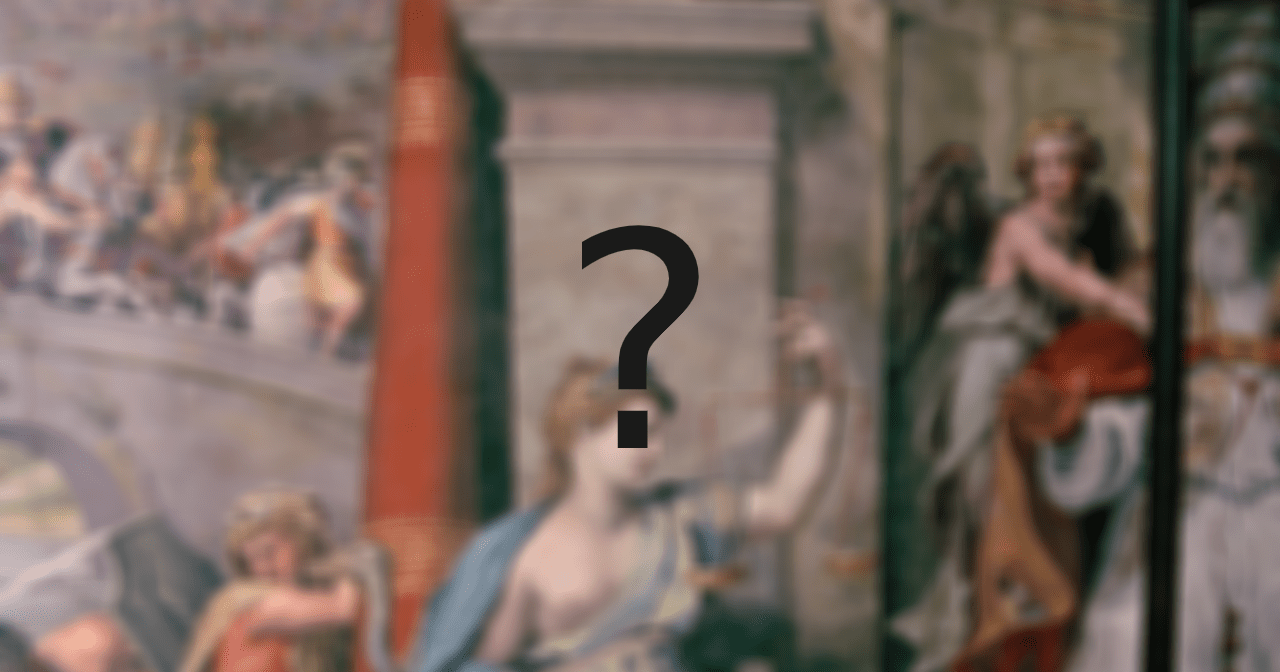
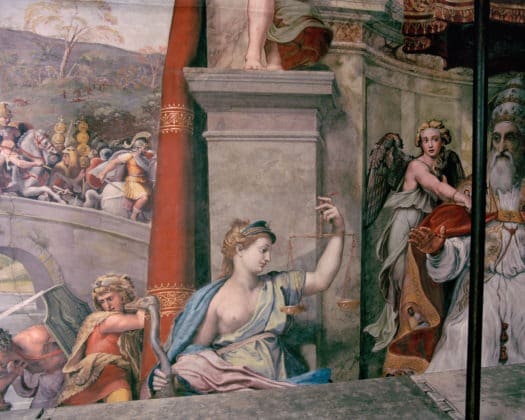
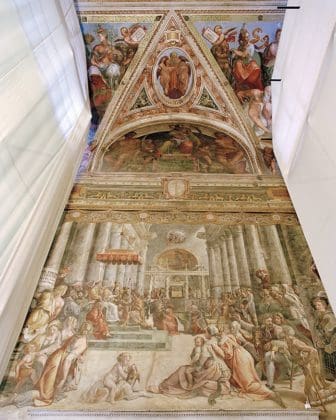
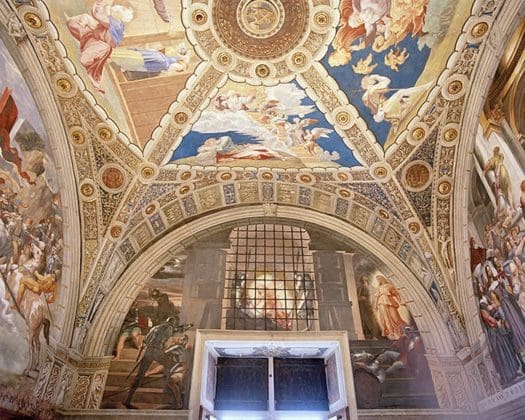
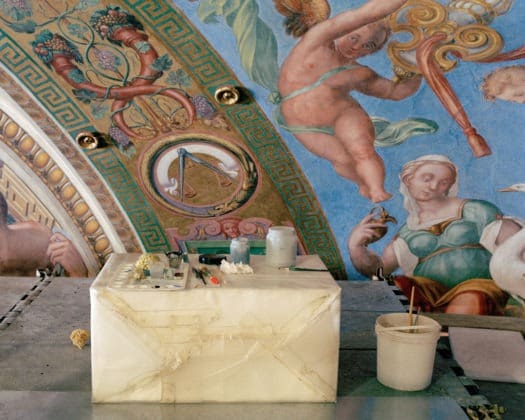
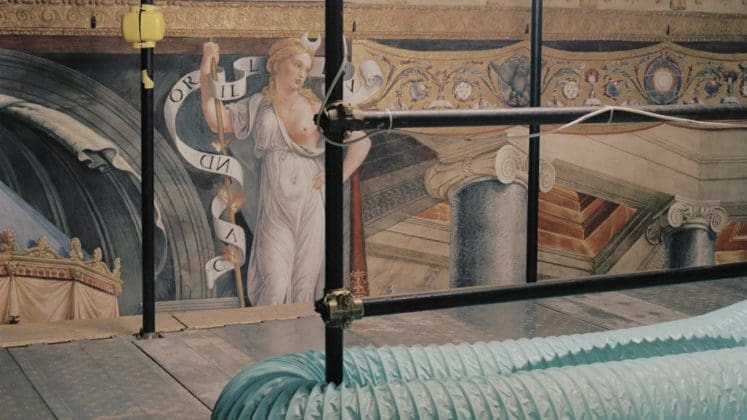
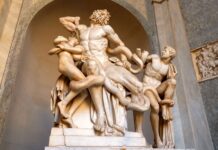

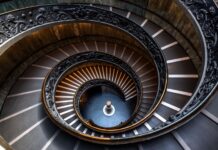












Lisa Make 6150 bucks every month… Start doing online computer-based work through our website. I have been working from home for 4 years now and I love it. I don’t have a boss standing over my shoulder and I make my own hours. The tips below are very informative and anyone currently working from home or planning to in the future could use this website…… Read More
[…] John Paul II’s Birth, Some Commentary – Fr. John Hunwicke at Fr Hunwicke’s. . . Raphael’s Long-Lost Last Paintings Before His Sudden Death Revealed – Billy Ryan at uCatholic Analysis: Why are Shops Reopening Whilst Churches Remain Closed? […]
[…] The last of the rooms in the Vatican painted bu Raphael was the Hall of Constantine, designed to be used for receptions and ceremonies. It features four different episodes from the first Christian emperor’s life: the Vision of the Cross, the Battle Against Maxentius, the Baptism of Constantine, and the Donation… […]